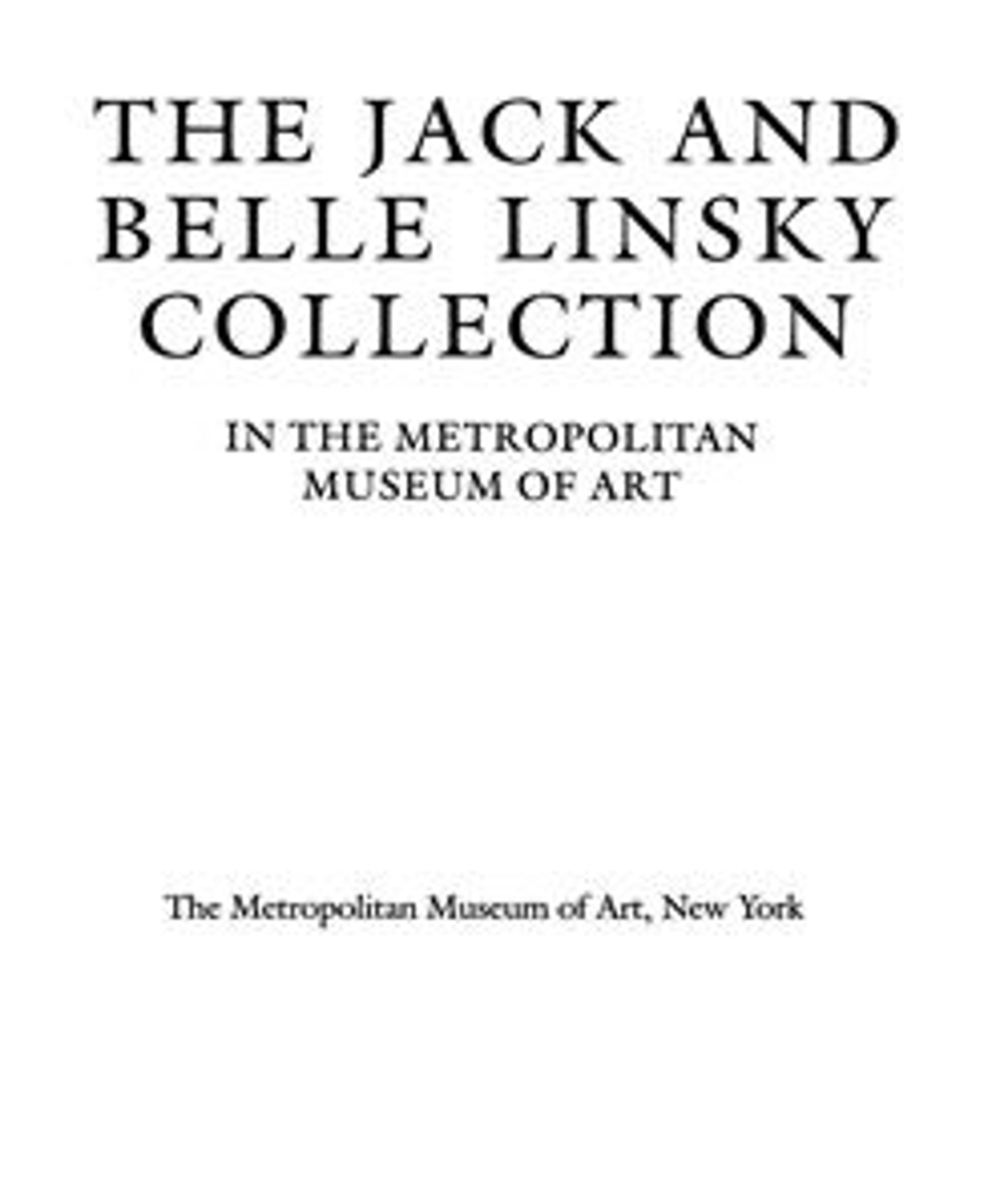Ewer
The model for this ewer was probably a cruet of agate with an enameled gold handle in the form of a serpent, made for Cardinal Mazarin, probably about the middle of the seventeenth century and now in the Louvre. Late-Renaissance-style ornament has been substituted for the more naturalistic leaf designs characteristic of seventeenth-century French goldsmiths' work.
Among the drawings for goldsmiths' work by Reinhold Vasters (1827–1909) in the Victoria and Albert Museum, London, is one for a somewhat similarly attenuated serpent with a knotted tail. The drawing was apparently intended for a handle, and, although there is not enough evidence to be certain of any attribution, this ewer may have been the work of either Vasters or the nineteenth-century craftsmen who executed his designs.
Among the drawings for goldsmiths' work by Reinhold Vasters (1827–1909) in the Victoria and Albert Museum, London, is one for a somewhat similarly attenuated serpent with a knotted tail. The drawing was apparently intended for a handle, and, although there is not enough evidence to be certain of any attribution, this ewer may have been the work of either Vasters or the nineteenth-century craftsmen who executed his designs.
Artwork Details
- Title:Ewer
- Date:second half 19th century
- Culture:European
- Medium:Sardonyx with enameled gold mounts set with diamonds
- Dimensions:Height: 4 3/4 in. (12.1 cm)
- Classification:Lapidary Work
- Credit Line:The Jack and Belle Linsky Collection, 1982
- Object Number:1982.60.141
- Curatorial Department: European Sculpture and Decorative Arts
More Artwork
Research Resources
The Met provides unparalleled resources for research and welcomes an international community of students and scholars. The Met's Open Access API is where creators and researchers can connect to the The Met collection. Open Access data and public domain images are available for unrestricted commercial and noncommercial use without permission or fee.
To request images under copyright and other restrictions, please use this Image Request form.
Feedback
We continue to research and examine historical and cultural context for objects in The Met collection. If you have comments or questions about this object record, please contact us using the form below. The Museum looks forward to receiving your comments.
